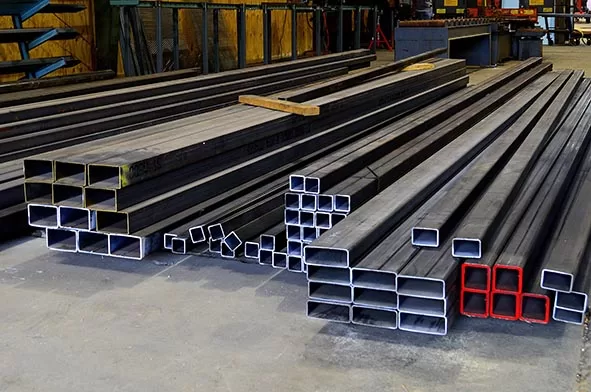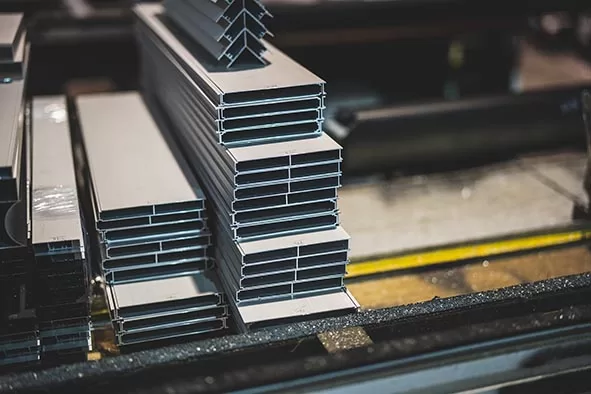Today’s Guest Post comes from Steel Builders who are going to walk us through the various grades of stainless steel and help us understand how they can be best applied.
Starting a project with the wrong materials is a project that is doomed to fail. Selecting suitable materials is almost as important as picking the right tools, so it pays dividends to understand the differences, especially regarding the wide variety of stainless steel grades and families. With differences in versatility, durability, and affordability, understanding stainless steel alloys and how to use them correctly is a lot like rocket science – you need an expert like Steel Builders.
These highly experienced structural steel fabricators offer a wide range of stainless steel products like grates, drains, and stormwater accessories. If there’s anyone that can help you get the most out of this incredible array of alloy metals, it’s Steel Builders. Follow along as the stainless steel experts break down each grade and family, including the combinations of various metals found in each.

Stainless Steel Families
Stainless steel is categorised into four family types based on the ratio of various metals used in alloy production. The four families of stainless steel are Austenitic, Ferritic, Duplex and Martensitic & Precipitation Hardening.
- Austenitic Stainless Steel is easy to work and weld, offering toughness and corrosion resistance. It’s also non-magnetic (unless cold worked), giving it excellent ductility.
- Ferritic Stainless Steel offers improved corrosion resistance but is rarely used in structural steel applications due to its lower strength and magnetic properties.
- Duplex Stainless Steel is equal parts austenite and ferrite, making it twice as strong and even more corrosion resistant. All duplex grades are magnetic.
- Martensitic & Precipitation Hardening Stainless Steel contains a high carbon content which enables heat-treatment for high mechanical strength and hardness. This kind of stainless steel is Magnetic in all conditions.
Grading Stainless Steel
Around the world, several international entities help describe specific properties of the alloy, such as toughness, magnetism, corrosion resistance, and alloy composition of particular stainless steel. Much like the nutritional information provided on the side of food packaging, these entities tell you the chemical composition of that stainless steel type.
For example, 304 UNS S30400 Austenitic Stainless Steel under Australian standards, the Indicative Chemical Composition of S30400 Steels:
- 18% to 20% Chromium
- 8% to 10.5% Nickel
- 0.08% Carbon
- 2% Manganese
- 0.75% Silicon
- 0.045% Phosphorus
- 0.03% Sulfur
- 0.1% Nitrogen
About 30 stainless steel grades are commonly available in Australia, each with a different set of applications and uses. The two most popular stainless steel grades are 304 and 316.

304 Stainless Steel
The most common form of stainless steel is 304, thanks to its value for money, excellent corrosion resistance, and sanitisation ability. Popular in kitchens, bathrooms, and laundries, Steel Builders use 304 stainless steel for internal shower drains, grates, and stormwater orifice plates.
316 Stainless Steel
Second, on the most popular list is 316 stainless steel. Maintaining practically all the same physical and mechanical properties as 304, what sets this alloy apart is roughly 3% molybdenum for increased corrosion resistance, particularly against chlorides and other industrial solvents. For these reasons, Steel Builders use 316 stainless steel for external drain strainers and grates.
If you’re looking for experts in structural steel fabrications for domestic or commercial applications, then get in touch with Steel Builders today to discuss your next project.






































